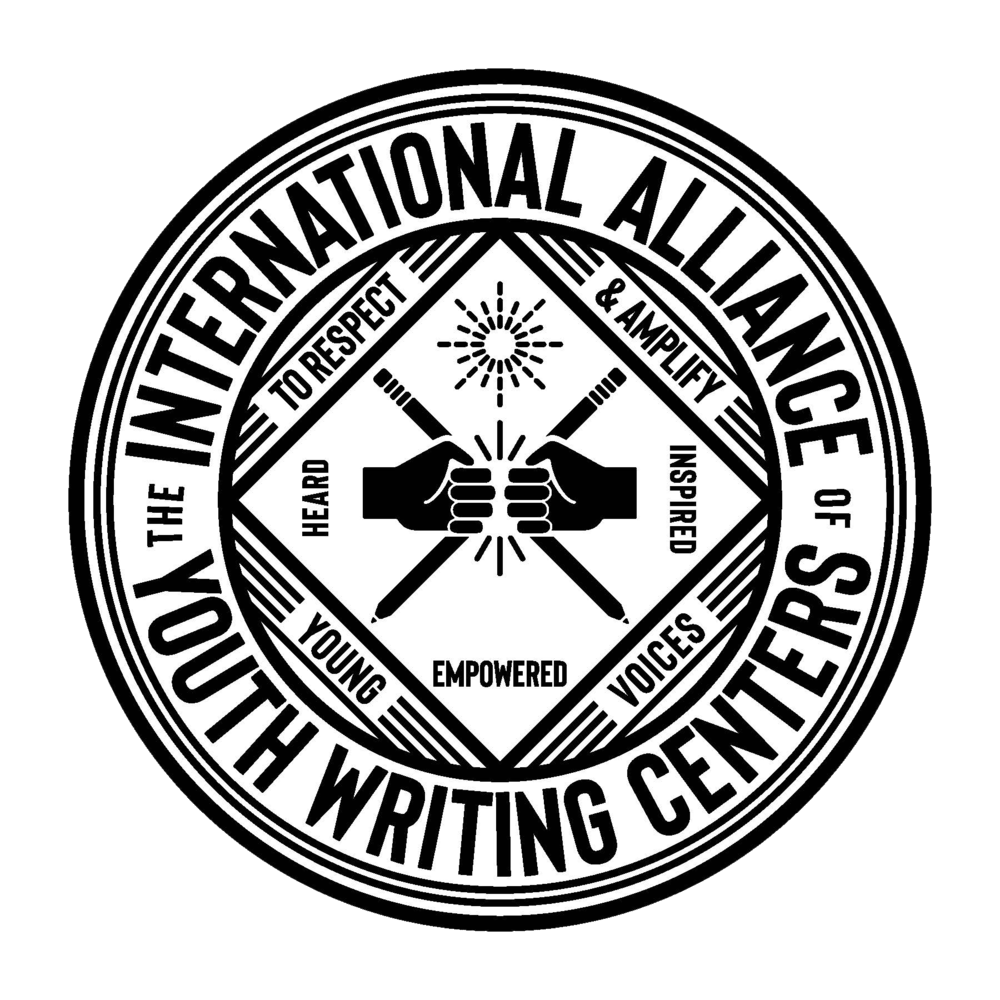Education & the Puerto Rican Civil Rights Movement by Iman Abdul, Age 20, Brooklyn, New York
Iman Abdul, born and raised in Brooklyn, New York, has been dedicating her life to empowering New York City youth from a young age, championing the right of every child to a free, culturally responsive, equitable, and just education. Abdul has conducted research on school segregation, led youth-centered projects around resource allocation, engaged in a city-wide school exchange, co-written a national curriculum on integration and leadership, organized a student-led march at City Hall, and has participated in numerous panel and policy discussions with New York City government officials and the deputy chancellor of education. Abdul has experienced the unfortunate reality of public school segregation herself, noting that her bi-racial identity has led to different interactions with students and school administration and deeply impacted her academic experience. Below is an example of her activism through writing.
Education & the Puerto Rican Civil Rights Movement
Latinos are the largest and most rapidly growing ethnic minority in the country, but, academically, they are lagging pretty far behind their non-Hispanic peers. It is a known fact that there are major issues and challenges that students of color face. They are constantly underestimated and not treated fairly in the public school system. Their schools are not well funded compared to a predominantly white public school. Due to this issue, there are various programs in place to help these underprivileged students within the educational world.
During the Puerto Rican Civil Rights Movement, in 1961, Dr. Antonia Pantoja and a group of Puerto Rican educators and professionals created ASPIRA. ASPIRA is a program that was created to address the exceedingly high dropout rate and low educational attainment of Puerto Rican youth at the time. "Students of color may already believe that the educational system is stacked against them, leading them to a defeatist relationship with the educational process" (Brown-Jeffy, S. & Cooper, J.). They were convinced that the only way to free the Puerto Rican community from poverty and to promote its full development was by focusing on the education of young people, and developing their leadership potential, self esteem and pride in their cultural heritage. This was the best way, they believed, of ensuring that youth would become not only productive members of society, but leaders in the development of their own community. Giving the example of ASPIRA to the students is a strong example of culturally-relevant pedagogy. It can be relevant to the females or feminists in the classroom as the movement was led by a woman. It can also be relevant to students of the LGBTQ+ community as Dr. Pantoja identified as lesbian. It’ll also be relevant to Latinx students and/or students of color as the program was created by a minority for minority youth. It can even be relevant to ELL students as Dr. Antonia Pantoja supported bilingual education. There are various connections that students from all minority groups can make to the education movement during the Puerto Rican CRM, specifically the ASPIRA movement in order for students to feel like them and their history is included and important. "Therefore, teachers should be sensitive on how culture, race, and ethnicity influence the academic, social, emotional, and physiological development of students" (Brown-Jeffy, S. & Cooper, J.).
Hip-Hop was included in my lesson plan as well. I incorporated Hip-Hop in the “Do Now,” where I allowed students to write a poem or lyrics about a social issue they deal with and allowing them to present it to the class. The example of the “Do Now” given would be a few verses from a hip-hop/rap song that addresses a social issue; possibly a Kendrick Lamar or J. Cole stanza. "I believe that MI theory is useful heuristic or window for understanding why it is important to consider the structure of the learning environment, in addition to the content of the lessons" (Banks, D.). "Hip Hop was produced in a crucible that collided cultural richness with severe economic marginalization" (Banks, D.). Hip-hop/rap is culturally relevant as it was created by people of color, both Black and Puerto Ricans and it’s a genre of music where students can expand on their vocabulary and practice their presentation skills. It is also helps promote self-confidence. For their project, the students have the opportunity to express their social issue through any form of art and Hip-Hop/rap is a most definite option.

